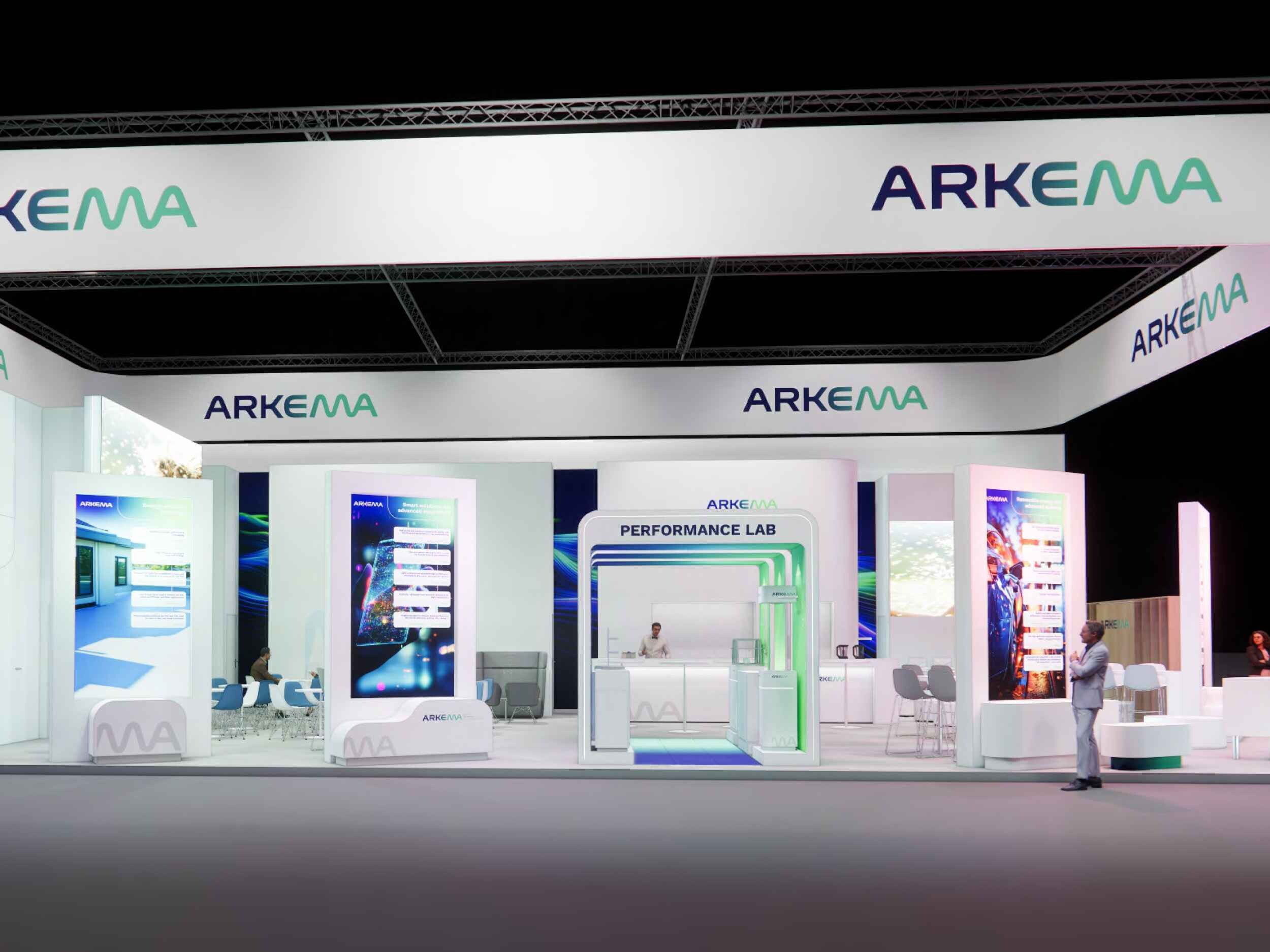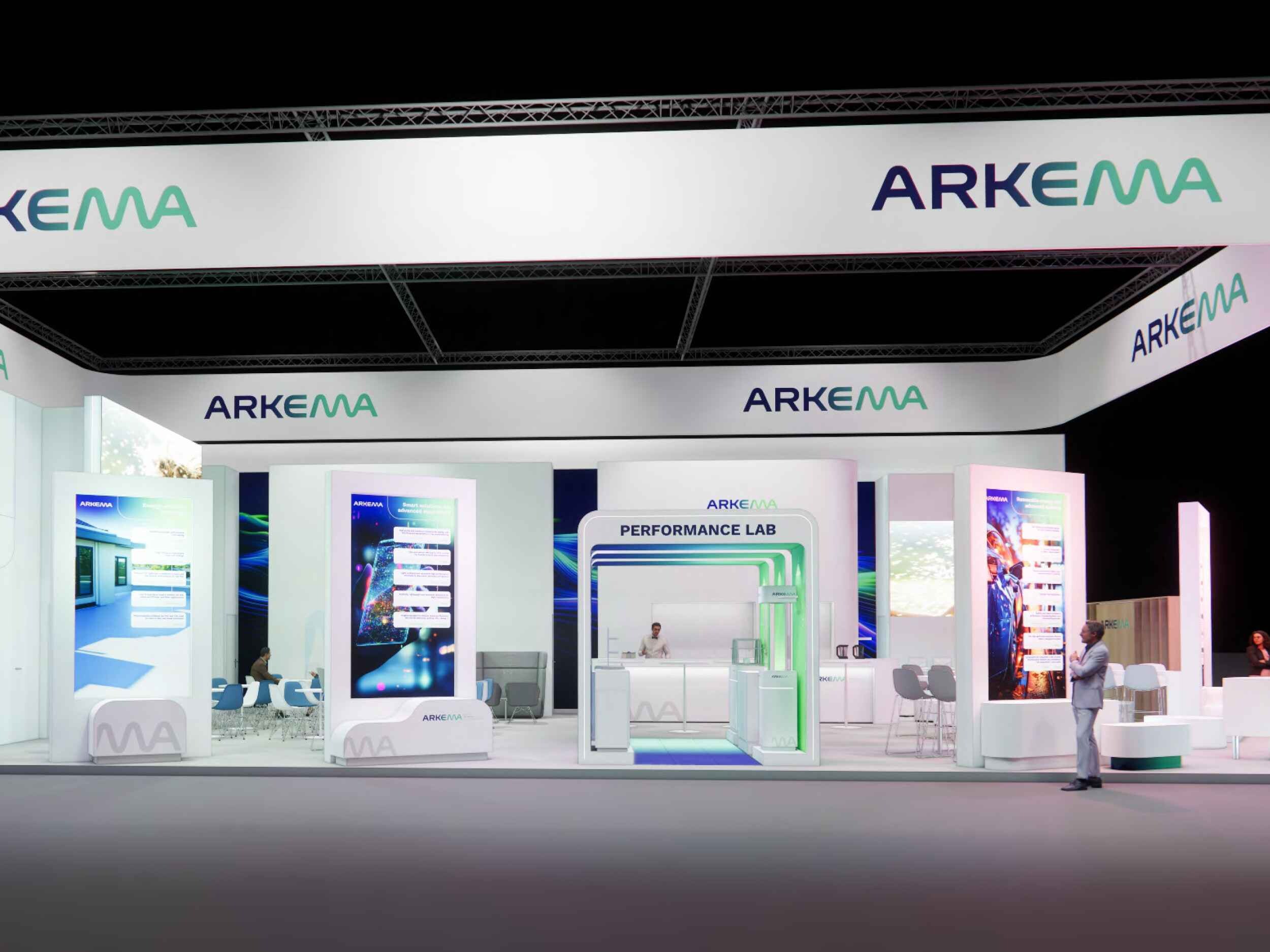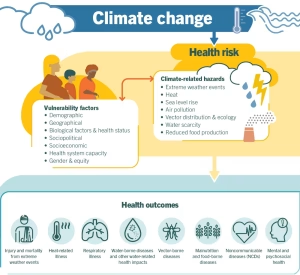Arkema’s product carbon footprint calculation methodology certified by TÜV Rheinland – Arkema Global

Report on Arkema’s Certified Product Carbon Footprint Methodology and Alignment with Sustainable Development Goals
Certification and Standardization for Climate Action
Arkema has achieved TÜV Rheinland certification for its Product Carbon Footprint (PCF) calculation methodology. This independent verification confirms that the methodology is robust and adheres to the ISO 14067:2018 standard. This initiative directly supports corporate transparency and accountability, which are crucial for achieving global climate targets as outlined in the Sustainable Development Goals.
Methodology Scope and Data Integrity
The certified calculation methodology employs a “cradle-to-gate” scope, providing a comprehensive assessment of a product’s environmental impact before it leaves the factory. This approach is fundamental to SDG 12: Responsible Consumption and Production by enabling accurate environmental accounting.
Calculation Inclusions:
- Emissions from raw materials used
- Energy consumed during manufacturing
- Direct emissions generated from processes
- Emissions associated with waste stream generation
Data Sources:
The calculation relies on a multi-tiered data strategy to ensure accuracy:
- Arkema’s internal site-specific data
- Primary raw material data received from suppliers
- External secondary databases
Digital Innovation and Sustainable Industry
In parallel with the certification process, Arkema developed an internal digital tool to automate and standardize the calculation of product carbon footprints. The inclusion of this tool within the TÜV Rheinland certification scope ensures consistent and high-quality data. This development represents a significant contribution to SDG 9: Industry, Innovation, and Infrastructure by leveraging technology to build resilient infrastructure and foster sustainable industrialization.
Direct Contributions to Sustainable Development Goals (SDGs)
The certification of Arkema’s PCF methodology and digital tool directly supports the advancement of several key SDGs:
- SDG 12 (Responsible Consumption and Production): By providing transparent and standardized PCF data, Arkema promotes sustainable production patterns and empowers customers to make environmentally responsible procurement decisions.
- SDG 13 (Climate Action): The accurate measurement of carbon footprints is a foundational step for taking urgent action to combat climate change. This initiative provides the necessary data to manage and reduce greenhouse gas emissions throughout the value chain.
- SDG 9 (Industry, Innovation, and Infrastructure): The creation of a certified digital tool showcases innovation in sustainable industrial processes, promoting the adoption of clean and environmentally sound technologies.
- SDG 17 (Partnerships for the Goals): The collaboration with TÜV Rheinland for third-party verification and the engagement with suppliers for primary data exemplify the multi-stakeholder partnerships required to achieve global sustainability targets.
Analysis of Sustainable Development Goals in the Article
1. Which SDGs are addressed or connected to the issues highlighted in the article?
-
SDG 12: Responsible Consumption and Production
- The article focuses on Arkema’s methodology for calculating the Product Carbon Footprint (PCF). This action demonstrates corporate responsibility for the environmental impact of its products, which is a core principle of sustainable production patterns. By quantifying the carbon footprint, the company is taking the first step toward managing and reducing it.
-
SDG 13: Climate Action
- Calculating the carbon footprint of products is a direct action related to climate change mitigation. The article details the “cradle to gate” scope, which includes emissions from raw materials, energy, direct processes, and waste. This data is essential for any strategy aimed at reducing greenhouse gas emissions and combating climate change.
-
SDG 9: Industry, Innovation, and Infrastructure
- The article highlights innovation by mentioning the internal development of a “digital tool to calculate the carbon footprint of its products.” Furthermore, adhering to the “ISO 14067:2018 standard” and getting the methodology certified by TÜV Rheinland shows a commitment to upgrading industrial processes to be more sustainable and transparent, which is central to this goal.
2. What specific targets under those SDGs can be identified based on the article’s content?
-
Target 12.2: By 2030, achieve the sustainable management and efficient use of natural resources.
- The article states that the PCF calculation takes into account “raw materials used” and “energy consumed.” This detailed accounting is a prerequisite for managing these resources more sustainably and improving efficiency.
-
Target 9.4: By 2030, upgrade infrastructure and retrofit industries to make them sustainable, with increased resource-use efficiency and greater adoption of clean and environmentally sound technologies and industrial processes…
- The development of a certified digital tool for PCF calculation and the adoption of the ISO 14067:2018 standard are clear examples of adopting “environmentally sound technologies and industrial processes” to make the industry more sustainable.
-
Target 13.2: Integrate climate change measures into national policies, strategies and planning.
- While the article discusses corporate action, this type of robust, standardized carbon footprinting at the industry level is a foundational activity that enables and supports the integration of climate change measures into broader industrial and economic strategies. The company’s action is a micro-level implementation of the principles of this target.
3. Are there any indicators mentioned or implied in the article that can be used to measure progress towards the identified targets?
-
Indicator 9.4.1: CO2 emission per unit of value added.
- The entire concept of a Product Carbon Footprint (PCF) is a direct measure of CO2 emissions (and other GHGs) per unit of product. The article’s focus on a certified methodology to calculate this value is a direct implementation of this indicator at a product level.
-
Indicator 12.2.1: Material footprint, material footprint per capita, and material footprint per GDP.
- The PCF calculation’s inclusion of “emissions of raw materials used” is a component of measuring the overall material footprint of a product. The methodology described provides a quantifiable measure of the resource impact.
-
Implied Indicator: Adoption of International Standards.
- The article explicitly states that the methodology is “in accordance with ISO 14067:2018 standard.” The adoption of and certification against such internationally recognized environmental standards serves as a clear indicator of progress towards making industrial processes more sustainable (Target 9.4).
4. Summary Table of SDGs, Targets, and Indicators
| SDGs | Targets | Indicators |
|---|---|---|
| SDG 12: Responsible Consumption and Production | Target 12.2: Achieve the sustainable management and efficient use of natural resources. | Indicator 12.2.1 (Implied): The PCF calculation includes “raw materials used” and “energy consumed,” which are key components of measuring the material footprint of a product. |
| SDG 9: Industry, Innovation, and Infrastructure | Target 9.4: Upgrade infrastructure and retrofit industries to make them sustainable… with greater adoption of clean and environmentally sound technologies and industrial processes. | Indicator 9.4.1: The Product Carbon Footprint (PCF) is a direct measure of CO2 emission per unit of product.
Additional Indicator: The adoption of the “ISO 14067:2018 standard” and the development of a “digital tool” for calculation. |
| SDG 13: Climate Action | Target 13.2: Integrate climate change measures into policies, strategies and planning. | The robust and certified calculation of the PCF, which quantifies “direct emissions generated,” provides the foundational data necessary for corporate strategies and planning to mitigate climate change, aligning with the principle of this target. |
Source: arkema.com

What is Your Reaction?
 Like
0
Like
0
 Dislike
0
Dislike
0
 Love
0
Love
0
 Funny
0
Funny
0
 Angry
0
Angry
0
 Sad
0
Sad
0
 Wow
0
Wow
0



















































.jpg.webp?itok=0ZsAnae9#)






















